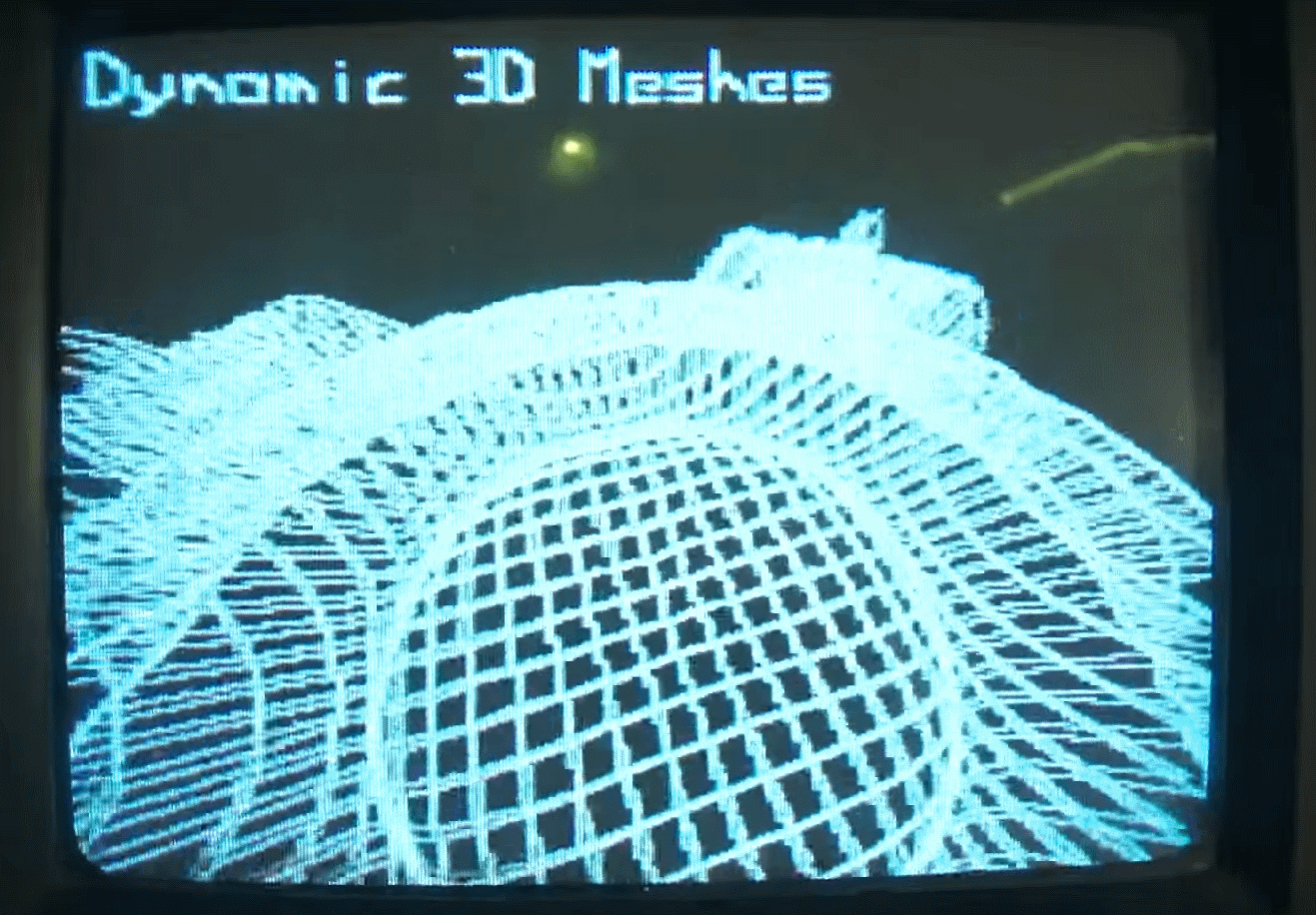An analog television transmitter was made from ESP8266

Frankly, when I read an article about this project on Hackaday, I looked at the calendar more than once - isn't it the first of April?
The author of the project, Charles Lohr, speaking under the nickname CNLohr on Github, took the usual three-dollar module ESP8266, which many of us use for the Smart Home and other IoT handicrafts, and dispersed it. He noted that while the I2C on the module remains operational and works fine at 80 megahertz. The author recalled that this frequency is close to the frequencies of analog television and, recalling Nyquist (Kotelnikov), he was able to force ESP8266 to issue a signal at a frequency of about 60 megahertz - the frequency of the third channel of analog TV.
')
He needed only to solder a long wire to the “foot” of the module, which served as a transmitting antenna and recall the NTSC video standard device. However, video is better than a thousand words:
As you can see in the video, the processor in ESP8266 was not only able to dynamically generate 3D demoscenes, but also to support the work of the web server and WiFi. Only some operations with WiFi led to insignificant “gags” of the picture.
To replicate the CNLohr experience, just solder your ESP8266 wire to the RX and take the code from GitHub at github.com/cnlohr/channel3 Make sure that your TV is "friendly" with the North American TV standard NTSC.
PS A little later, CNLohr forced the ESP8266 to broadcast a color picture onto the TV! To do this, he needed to output a signal at two frequencies with the controller - 61.25 MHz and 65.2 MHz - simultaneously. The way he did it, having only 80 MHz on the microcontroller is a separate and absolutely wonderful hack, which the author explains in detail:
If, after watching these videos, you did not take off your hat and were not filled with the deepest respect for the hacking of transcendental coolness - I really do not know what to do with you.
Source: https://habr.com/ru/post/391857/
All Articles